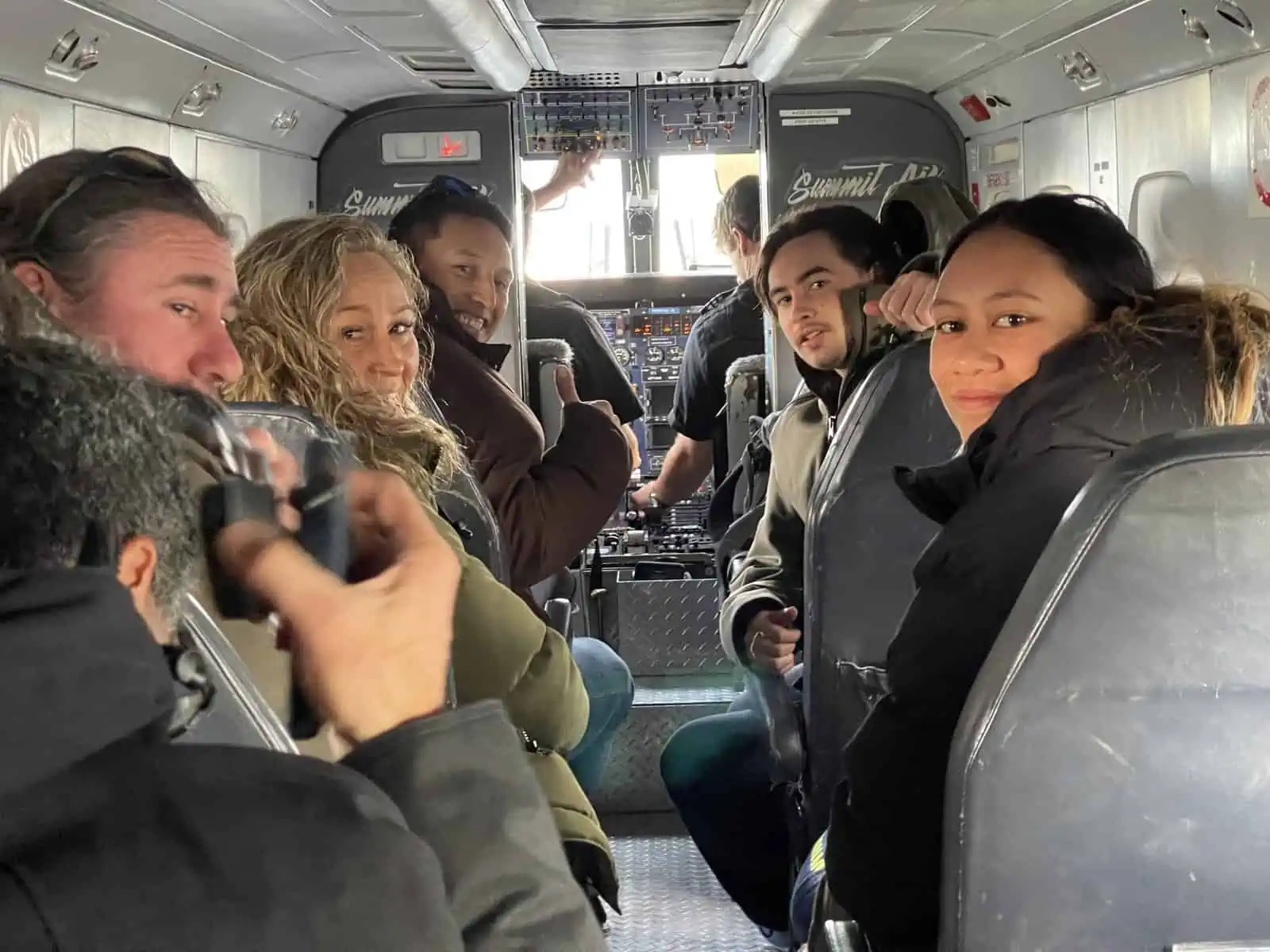See below for Dënesųłıné language key.
“The goals of the exchange were to experience the types of things that the Łutsel K’e community were doing to revitalise their language and transfer knowledge from the elders to their youth,” says Phil.
The environmental and cultural pressures confronting Dëne elders has changed immensely in the twenty years since Phil lived and worked with the Łutsel K’e community. Sadly, many of the elders he knew back then have since passed, with the next generation taking up the leadership.
One of the key priorities for the Łutsel K’e elders and leaders has been conveying the phenomenal knowledge and experiences they have accrued over their lifetimes to the younger generation. This need has become particularly acute as a range of ecological, climate and societal changes endanger the retention and transmission of cultural knowledge.
“Curtailing the rate of language loss across generations through language programmes was hugely important for the Łutsel K’e community” says Phil. “We were keen to see what was happening but also bring our own experiences and lessons around te reo Māori revitalisation here in Aotearoa.”
Sometimes battling the trappings of the technological age, the community are working to get their youth out on the land to hunt, fish, camp and connect with their land.
“By revitalising those practices and connection with places, the goal is that use and transmission of the language will be part of it,” says Phil.


The community of Łutsel K’e sits at the tip of a small peninsula in the East Arm of the Great Slave Lake, located in the expansive Thaidene Nëné, a 26,000 square kilometre protected area between the Canadian boreal forest and the Arctic tundra. Whether or not you are familiar with Thaidene Nëné, these sub-arctic landscapes are well known, and for many conjure up images of expansive herds of barren-ground caribou. As well as underpinning rich local food webs (which include species such as musk rat, beaver, musk ox, timber wolves, wolverine, and black and grizzly bear), caribou herds determine the prosperity of Dënesųłıné people and have done so for thousands of years.
“The caribou are a cultural keystone species for the Dënesųłıné. Species that would be comparable here in Aotearoa include tītī (sooty shearwater) or tuna (short- and long-fin eel) for example,” suggests Phil. “Caribou products are utilised for clothing, for tools, drums, and shelter, for bindings for snowshoes, but most importantly for food.”
Over the last twenty years, the Łutsel K’e community has witnessed a shocking decline in caribou numbers. One of the prominent herds for the people, the Bathurst Caribou Herd, has dropped in number from half-a-million animals down to less than 10,000 animals today.
“They could number as low as five thousand,” says Phil. “And you try to find five thousand animals in the immensity of that landscape … it’s nearly impossible. The herd is practically gone.”
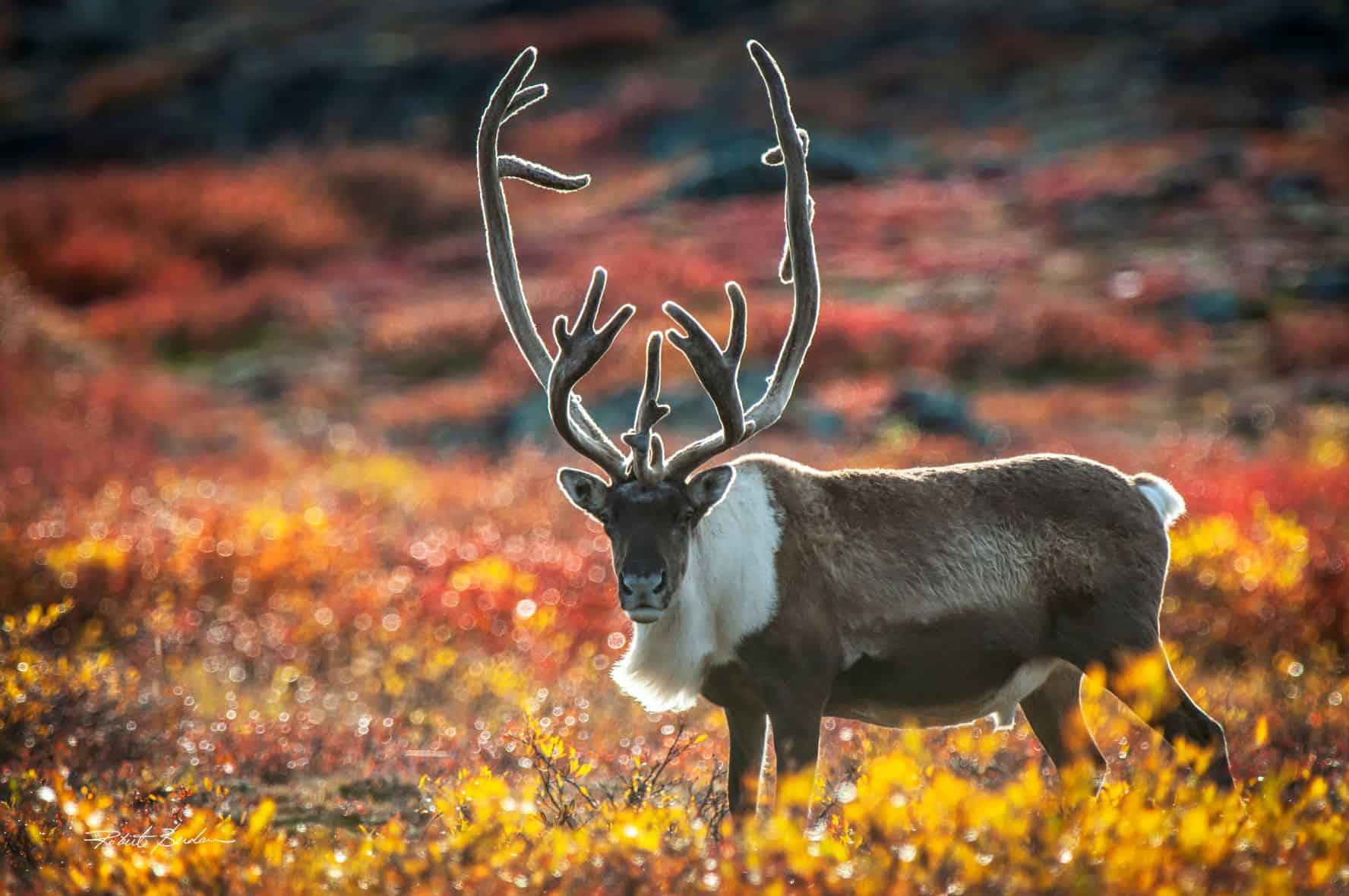
“Evidence suggests caribou herd declines may have something to do with the loss of condition and lower breeding rates in the cows. This is linked to changes in foraging conditions, which are potentially associated with climate change effects in that region.”
“Earlier this week I had a call,” says Phil. “Currently temperatures are minus four. Usually at this time of year its around -25°C. Melt events in winter and early spring can affect snow conditions, creating harder layers, which could be making it more difficult for the caribou to dig through to forage.
The effects of climate change don’t stop at caribou decline. Changes to ice conditions can also make travel on the frozen lakes by snow-machine more hazardous. Routes that used to be safe, might now pose issues because the ice hasn’t formed properly.
“It also means where local knowledge was once applicable, there is now less certainty,” says Phil, explaining the difficulties of revitalising knowledge systems, when the environment in which it’s based is subject to change.
As well as imperilling land users, climate change is influencing the foods available to the community.
“Twenty years ago, there were very few musk ox in that area. We’d have to go 100 kilometres northeast of the community to hunt musk ox. Now with caribou dwindling, musk ox numbers have grown and extended their range back into the habitats they were over a century ago. In the absence of caribou, people are now harvesting musk ox more regularly for their meat, skins and horn.
“Additionally, the berry season has been affected. The regularity of the fruiting is changing, and the length of time berries persist on the landscape has lessened in some years.”
“Helping the youth adapt to these changes is a priority for the elders and leaders in Łutsel K’e,” says Phil.


“Understanding changes and the mechanisms for change are also extremely important. A key part of the research is to work with kaitiaki in Aotearoa, and Indigenous communities elsewhere, to understand how they are monitoring their environments and the associated biodiversity. How do the communities go about this? Do they monitor as a natural part of being out on the land, or is it part of a specific monitoring programme? What sort of indicators do they look to? How have those indicators changed over time? And importantly, how do they make decisions from that knowledge?”
For the Dëne, the monitoring of ecosystem health is deeply entwined with their own land practices.
“As Indigenous peoples, you’re monitoring as you’re travelling on country, as you’re using the land, and as you’re harvesting,” explains Phil. “It’s what you see, hear, smell, taste, and sense while out on the land. And it’s how you interpret what you see. That’s what we wanted to understand while out on the barrenlands with the Łutsel K’e community.”
“So, we went out hunting barren-ground caribou with [the Dëne]. We hunted musk ox, trapped rabbit, harvested ptarmigan (Lagopus), and fished extensively with them – a lot of fishing! They are always looking at the fat content when they’re monitoring. Our kaitiaki also do that – always looking at the condition of the animal.”
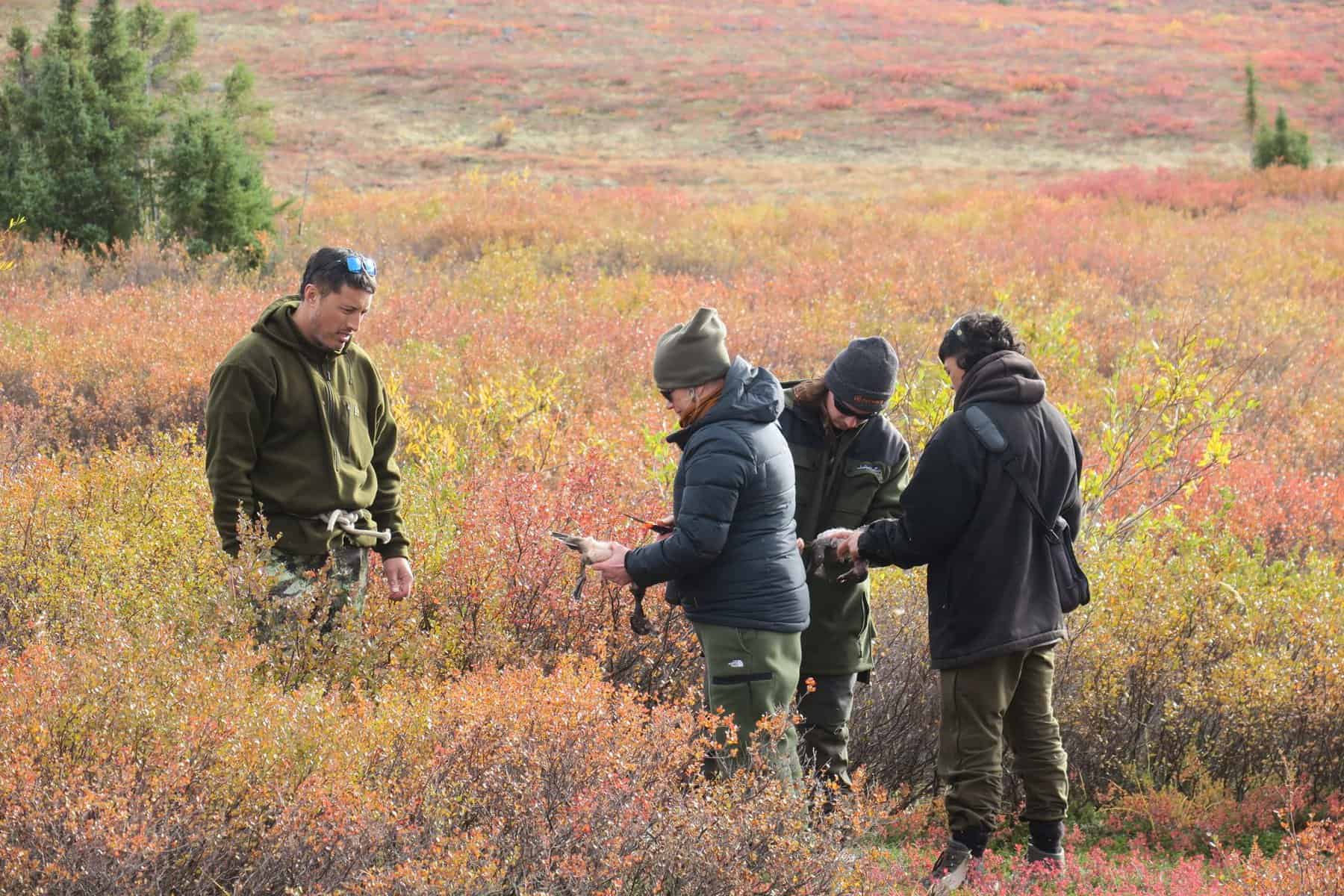
After physically demanding days, education sessions happened both formally, with gatherings around the stoves in canvas tents, and more informally, with kōrero unfolding in the cook house and tepees erected for smoking meat.
“The youth also held sessions together, and shared life experiences from their perspective,” says Phil.
Phil believes that the continuation and revitalisation of practices that connect people to place, to past and future generations, and to species and their habitats is a step in the right direction.
“It’s the sense of identity. It’s the sense of pride in being Dëne, in being Dënesųłıné, and everything that defines that. Being able to say, I’m from here. I’m defined by the Old Lady Of the Waterfall, on the Lockhart river. She is part of me, and I am home when I’m in sight of her. All of those spaces, all of the campsites, the fishing sites. If you’re divorced from those connections, or if it becomes unrecognisable in some way, that impacts your identity. That’s one of the reasons why Thaidene Nëné was established.”

For the Dënesųłıné, self-determination on their ancestral land is vitally important in their journey forward.
“It’s about who’s making the decisions at the end of the day,” says Phil. “That’s a big part for the Łutsel K’e people. Using their own knowledge to make decisions on their land.”
Phil saw the rewards of the cultural exchange programme as indisputable.
“Our rangatahi came out of their shells. It was incredible to see the transformation in these young people through the entire experience.”
“Our rangatahi embedded themselves within the [Dëne] park rangers and community at the camp. One rangatahi changed their perspective about their career and education pathway. He was saying, right, this is where I want to be. This is where I want to go.”
“They’ll remember the experience for the rest of their lives.”


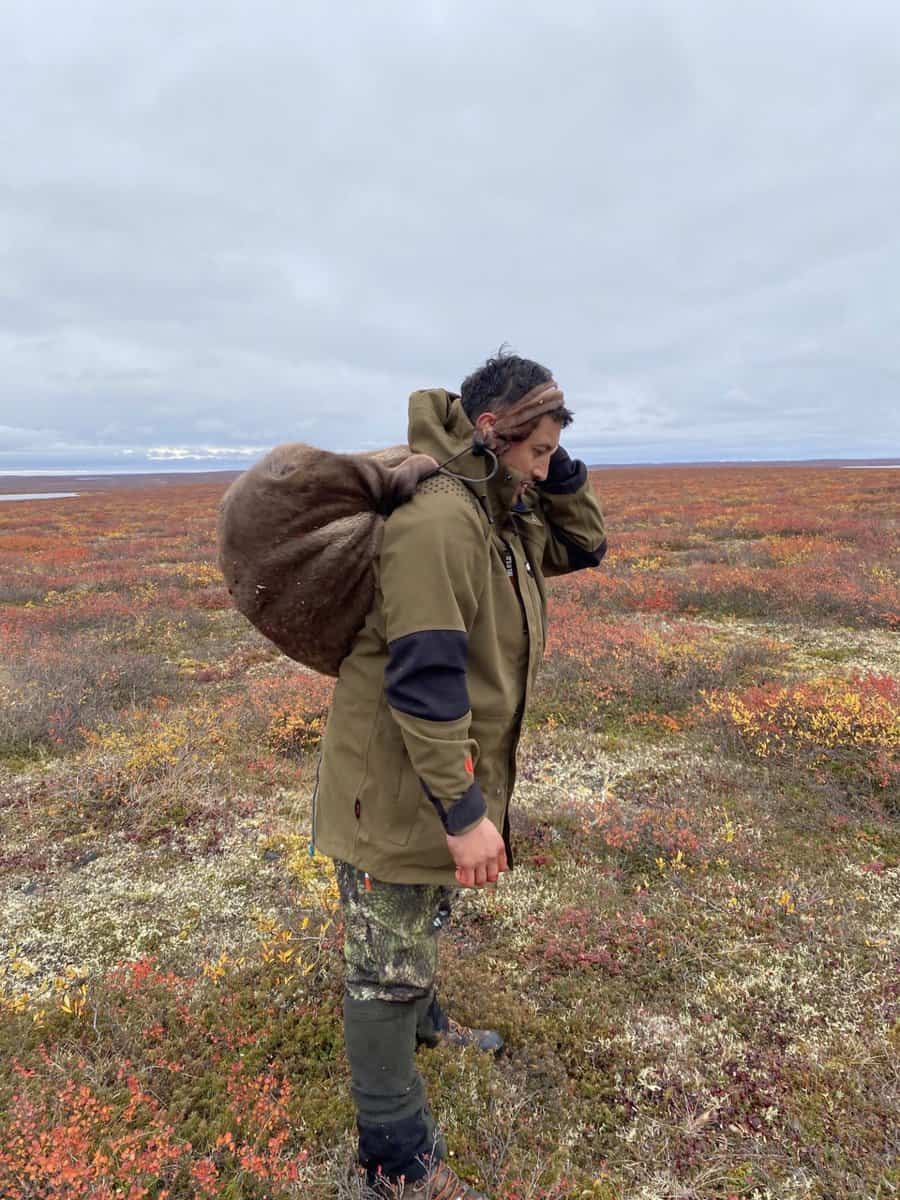
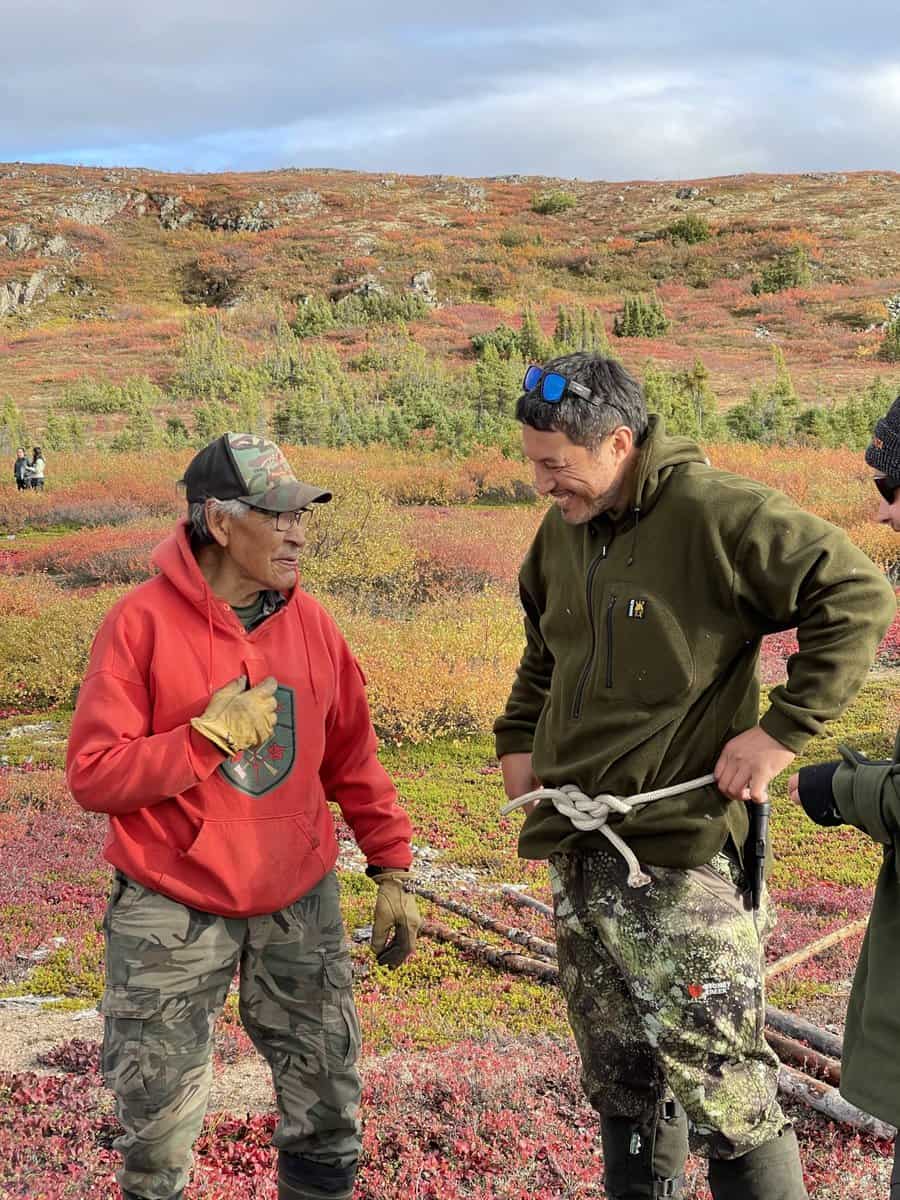
Dënesųłıné language key
- Łutsel K’e: the community where the exchange was based
- Thaidene Nëné: a 26,000 square km Indigenous Protected Area, within which Łutsel K’e is located
- Dëne or Dënesųłıné: the Indigenous people of the area, as well as their language
- Chipewyan: the specific Dënecultural group involved in the exchange
All images thanks to Phil Lyver
Written by Kerry Donovan Brown
